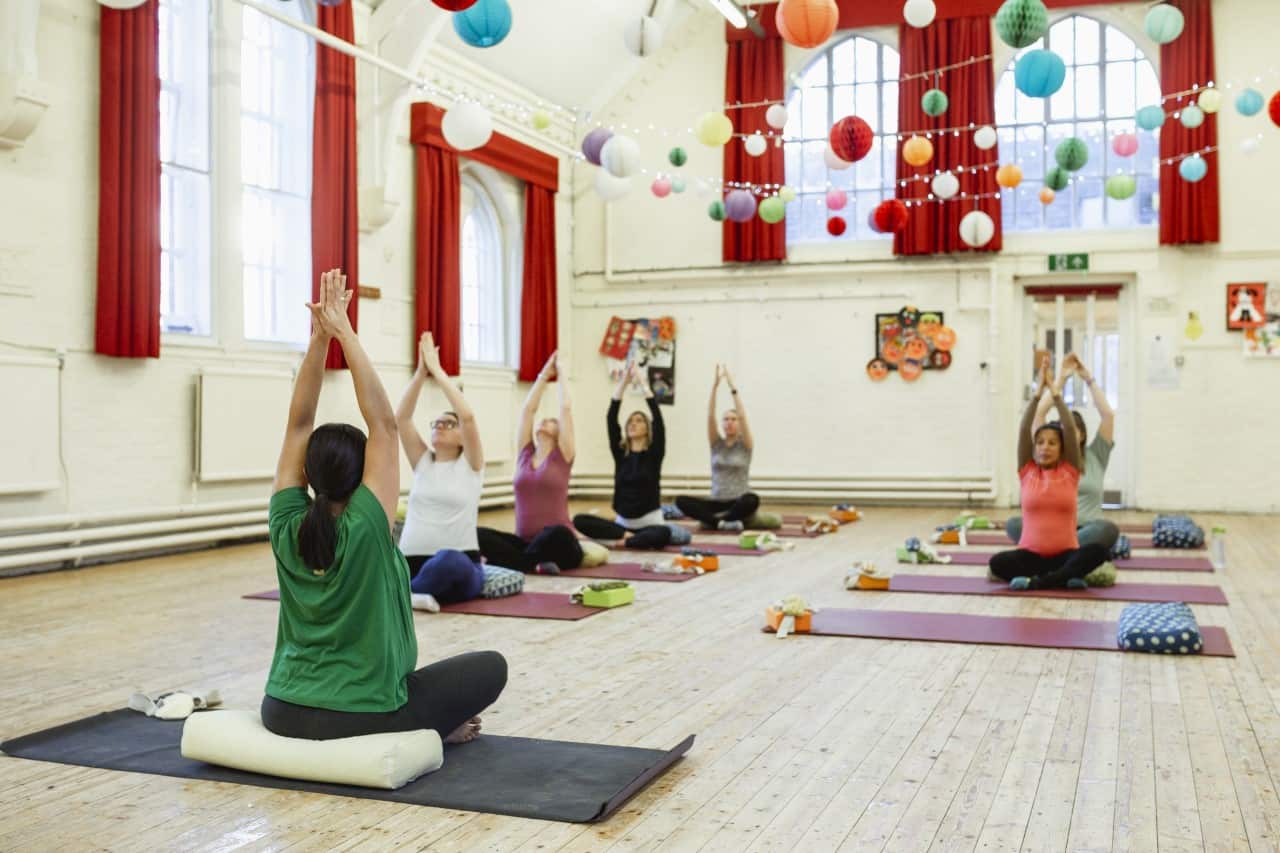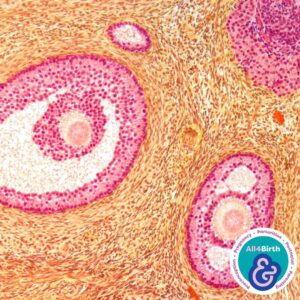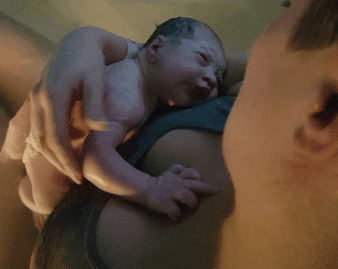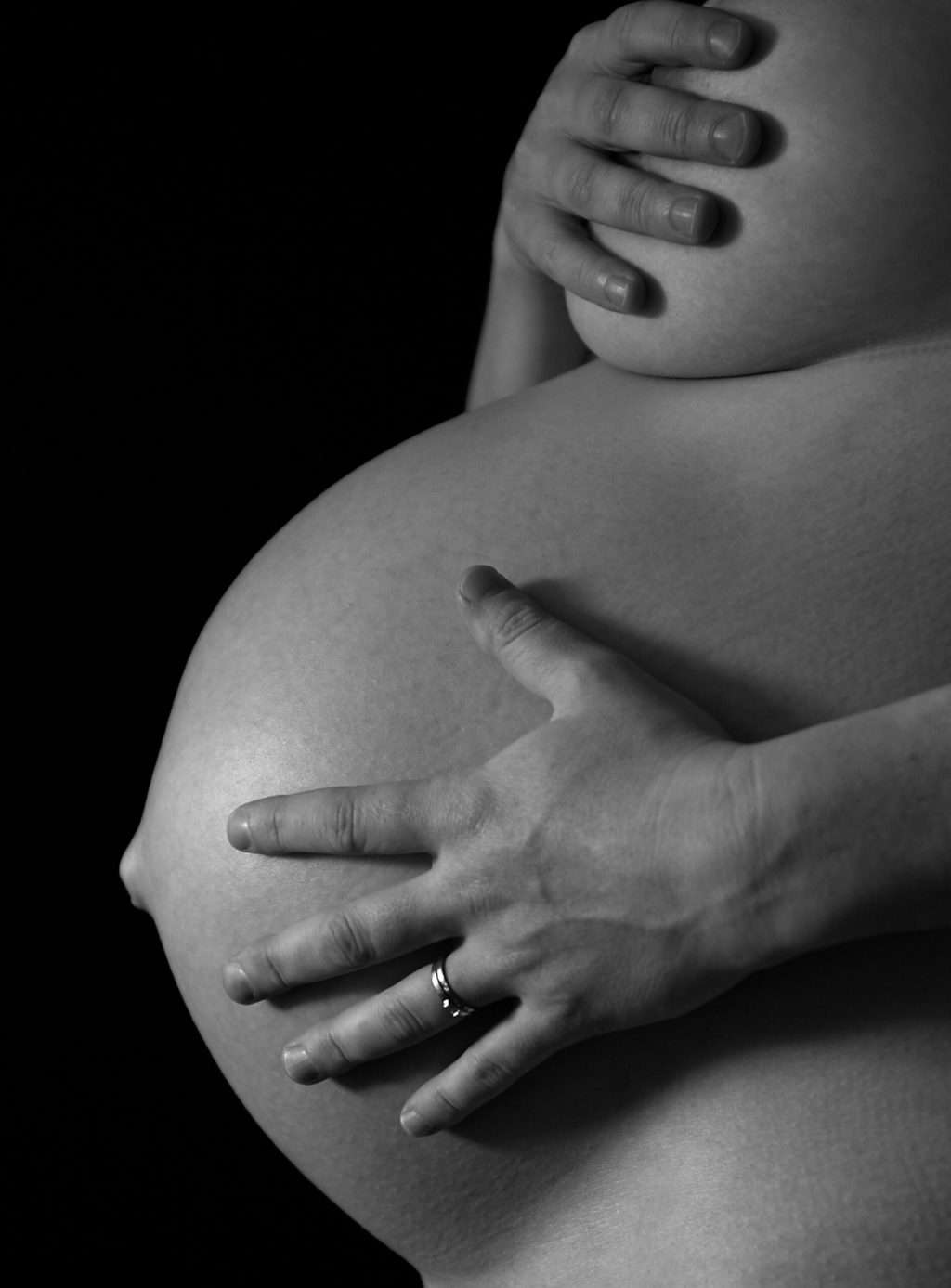Understanding the Marvels of Human Physiology: The First Stage of Labour Unveiled
Abbie Tomson
Midwife MSc, BSc, Yoga Teacher, Project Lead at All4Birth
@enevlorel
Understanding the first stage of labour, particularly its duration, phases, and physiological processes, is crucial for expectant mothers as they prepare for childbirth. The first stage is divided into the latent and active phases, each with its characteristics and progression. During the latent phase, contractions are irregular, and cervical dilation and effacement begin. This phase can last for several hours to days, varying among individuals and pregnancies. In contrast, the active phase sees regular and increasingly intense contractions, leading to significant cervical dilation and effacement, typically lasting several hours.
The progression through the first stage of labour is influenced by various factors, including hormonal changes, psychological factors, and fetal positioning. Understanding these factors can help expectant mothers prepare both mentally and physically for birth. Additionally, implementing support and comfort measures, such as continuous support, position changes, hydration, relaxation techniques, massage, warmth, and encouragement, can aid in coping with labour pain and promoting labour progress. By preparing for the first stage of labour and implementing supportive strategies, expectant mothers can approach childbirth with confidence and empowerment.
*At All4Birth we believe in a physiological approach and acknowledge that labour is defined into ‘stages’ which can be difficult to navigate given that labour is a continual process and physiologically wouldn’t be in distinct ‘stages’. It is known that the body was seen as a machine with birth becoming a process with stages, measurements and timelines in the 17th century. We are providing this information to help guide you through the terminology that your healthcare providers may use. We recommend you check out the recommendations in our ‘links to resources’ for some excellent work by Dr. Rachel Reed to understand this further*.
How long does the first stage of labour typically last?
The first stage of labour is typically the longest phase and involves the onset of regular contractions leading to the dilation and effacement of the cervix. It is divided into three phases: early, active, and transition. The length of each phase can vary widely among individuals and is influenced by factors such as maternal age, parity (number of previous births), fetal size and position, and maternal health.
The Latent Phase

The latent phase of labour, also known as the early phase or latent labour, is the initial stage of the first stage of labour. It precedes the active phase and is characterised by early signs of labour, including irregular contractions and cervical changes. The length of the latent phase can vary widely among individuals, but it generally lasts from the onset of labour until the cervix is dilated to around 3 to 4 centimetres. Here’s a description and explanation of the typical length, causes, anatomy, and physiology behind the latent phase of labour:
1. Typical Length:
– The duration of the latent phase can vary significantly among women and pregnancies.
– For first-time mothers, the latent phase typically lasts longer compared to women who have given birth before.
– On average, the latent phase for first-time mothers may last anywhere from several hours to even days, while for those who have laboured before, it tends to be shorter, often lasting a few hours.
2. Causes:
– The latent phase of labour is initiated by a complex interplay of hormonal changes and physiological processes.
– Hormonal changes, including the release of oxytocin and prostaglandins, play a role in initiating contractions and cervical changes.
– Psychological factors, such as anxiety, excitement, or anticipation, may also contribute to the onset of labour.
3. Anatomy and Physiology:
– During the latent phase, the cervix undergoes subtle changes in preparation for labour and childbirth.
– The cervix begins to soften (known as ripening or effacement) and may start to dilate slightly.
– Effacement involves the thinning and shortening of the cervix as it prepares to dilate and allow passage for the baby.
– Contractions during the latent phase are often irregular and mild, typically lasting for shorter durations and occurring at wider intervals compared to the active phase of labour.
– Despite the irregularity of contractions, they contribute to the gradual effacement and dilation of the cervix, albeit at a slower pace compared to the active phase.
– Maternal hormones, such as oestrogen and prostaglandins, play a role in softening the cervix and promoting the early stages of cervical dilation.
– Oxytocin, often referred to as the “love hormone,” may also be involved in the initiation of contractions, although its levels are typically lower during the latent phase compared to active labour.
– The uterus undergoes subtle changes during the latent phase, with contractions gradually increasing in frequency and intensity as labour progresses.
Active First Stage of Labour

The active phase of the first stage of labour follows the latent phase and is characterised by significant cervical dilation and effacement, along with regular and increasingly intense uterine contractions. This phase marks the progression towards the birth of the baby. Here’s a description and explanation of the typical length, causes, and anatomy and physiology behind the active first stage of labour:
1. Typical Length:
– The active phase of labour typically begins when the cervix is around 3 to 4 centimetres dilated and continues until it reaches around 7 to 10 centimetres.
– Compared to the latent phase, the active phase tends to progress more rapidly.
– The length of the active phase varies among individuals but generally lasts several hours, with an average duration of around 3 to 6 hours for first-time mothers (primiparas) and shorter for women who have given birth before (multiparas).
2. Causes:
– Hormonal changes, particularly the increased release of oxytocin and prostaglandins, play a crucial role in initiating and regulating uterine contractions during the active phase.
– Oxytocin, often called the “love hormone,” is released in higher amounts during this phase, stimulating stronger and more frequent contractions that help to further efface and dilate the cervix.
– Psychological factors, such as excitement, fear, or anxiety, may also influence the progress of labour and the intensity of contractions during the active phase.
3. Anatomy and Physiology:
– During the active phase, uterine contractions become more regular, frequent, and intense compared to the latent phase.
– Contractions typically last around 45 to 60 seconds and occur every 3 to 5 minutes, exerting significant pressure on the cervix and contributing to its dilation and effacement.
– The cervix continues to dilate steadily during the active phase, reaching full dilation (10 centimetres) by the end of this stage.
– Effacement, which involves the thinning and shortening of the cervix, progresses further during the active phase, facilitating the passage of the baby through the birth canal.
– Maternal hormones, such as estrogen and prostaglandins, continue to play a role in softening the cervix and promoting uterine contractions.
– The descending fetus also contributes to the progress of labour during the active phase by exerting pressure on the cervix, further promoting cervical dilation and effacement.
– As the active phase advances, the intensity of contractions increases, often accompanied by changes in maternal behaviour and coping mechanisms in response to the escalating sensations of labour.
Signs of Progression in the First Stage of Labour
The baby’s position within the uterus is a critical factor in the onset of labour. The head typically engages in the pelvis, exerting pressure on the cervix and contributing to the initiation of contractions.
Support and Comfort Measures
Support and comfort measures during the first stage of labour are essential for aiding the physiology of labour and optimizing the anatomy of the maternal body. These measures can help women cope with the intensity of contractions, promote relaxation, and facilitate the progress of labour. Here are some useful support and comfort measures for the first stage of labour:
1. Continuous Support:
– Having a supportive birth partner, doula, or healthcare provider present throughout labour can provide emotional reassurance and practical assistance.
– Continuous support has been shown to reduce the need for medical interventions and improve birth outcomes.
2. Position Changes:

– Encouraging women to change positions frequently during labour can help relieve discomfort, promote optimal fetal positioning, and facilitate the descent of the baby through the birth canal.
– Positions such as walking, squatting, kneeling, leaning forward on a birthing ball, or using a birthing stool can help open the pelvis and encourage labour progress.
3. Hydration and Nutrition:

– Staying hydrated and maintaining adequate nutrition during labour can help sustain energy levels and support the physiological processes of labour.
– Offer water, ice chips, clear fluids, or light snacks to keep women nourished and hydrated, as long as there are no medical restrictions.
4. Breathing and Relaxation Techniques:
– Teaching women breathing and relaxation techniques, such as slow deep breathing, visualisation, meditation, or guided imagery, can help reduce tension and manage pain during contractions.
– Encourage women to focus on their breath and find a rhythm that works for them, using techniques like the “slow deep breath” or “paced breathing.”
5. Massage and Touch Therapy:
– Gentle massage and touch therapy can provide comfort and relief during labour by promoting relaxation and releasing tension in the muscles.
– Offer massages to the lower back, shoulders, or feet, using techniques like effleurage (light stroking), kneading, or pressure point massage.
6. Warmth and Comfort Measures:

– Applying heat packs, warm compresses, or hot water bottles to areas of discomfort, such as the lower back or abdomen, can help alleviate pain and promote relaxation.
– Warm baths or showers can also provide comfort and relaxation during labour, allowing women to change positions and move freely.
7. Environment and Atmosphere:
– Creating a calm, soothing environment with dim lighting, soft music, and familiar scents can help women feel more relaxed and comfortable during labour.
– Encourage women to personalize their birthing space with items that bring them comfort, such as pillows, blankets, or photos.
8. Encouragement and Positive Affirmations:
– Providing words of encouragement, praise, and positive affirmations can boost women’s confidence and resilience during labour.
– Remind women of their strength, courage, and ability to birth their baby, and celebrate each milestone and contraction as progress towards meeting their baby.
Conclusion
Preparing for the first stage of labour is a pivotal step in the journey towards childbirth. Understanding the duration, phases, and physiological processes of the first stage empowers expectant mothers to navigate labour with confidence and resilience. As labour unfolds, the latent phase marks the early signs of labour, characterised by irregular contractions and subtle cervical changes. This phase requires patience and endurance as women prepare for the active phase, where contractions intensify, and cervical dilation progresses more rapidly.
Throughout the first stage of labour, support and comfort measures play a vital role in aiding the physiology of labour and optimizing the anatomy of the maternal body. From continuous support to relaxation techniques and massage therapy, these measures provide relief and empowerment during the birthing process. By embracing these strategies and remaining adaptable to the unpredictable nature of labour, expectant mothers can approach childbirth with a sense of readiness and determination.
As expectant mothers prepare for the first stage of labour, it’s essential to remember that each labour experience is unique and transformative. By cultivating a supportive environment, accessing resources, and prioritizing self-care, women can embark on their birthing journey with strength, courage, and resilience. With a deep understanding of the first stage of labour and a commitment to holistic preparation, expectant mothers can embrace childbirth as a profound and empowering experience, welcoming their newborn with love and joy.
Links to resources
 Books
Books
“The Birth Partner: A Complete Guide to Childbirth for Dads, Partners, Doulas, and All Other Labor Companions” by Penny Simkin
“Ina May’s Guide to Childbirth” by Ina May Gaskin
Reclaiming Childbirth as a Rite of Passage by Dr. Rachel Reed
 Film Audio and Apps
Film Audio and Apps
Baby Buddy app, created by the Best Beginnings Charity
 Websites and Articles
Websites and Articles
MidwifeThinking- Stages of Labour and Collusion
MidwifeThinking- The Assessment of Progress
Hormonal Physiology of Childbearing: Evidence and Implications for Women, Babies, and Maternity Care
References
- Coad, J. (2019). Anatomy and Physiology for Midwives. Elsevier.
- Marshall, J. E., & Raynor, M. D. (2019). Myles Textbook for Midwives. Elsevier.
- Pascual ZN, Langaker MD. Physiology, Pregnancy. [Updated 2023 May 16]. In: StatPearls [Internet]. Treasure Island (FL): StatPearls Publishing; 2024 Jan-. Available from: https://www.ncbi.nlm.nih.gov/books/NBK559304.
- Hundley V, Downe S, Buckley SJ (2020) “The Initiation of Labour at Term Gestation: Physiology and Practice Implications” in Best Practice and Research Clinical Obstetrics and Gynaecology. Vol 67, pp. 4-18. [Online] Available at: https://www.sciencedirect.com/science/article/pii/S152169342030033X (Accessed March 2024)
- NHS England (2020) What Happens During Labour and Birth [Online] Available at: https://www.nhs.uk/conditions/pregnancy-and-baby/what-happens-during-labour-and-birth/ (Accessed March 2024)
- McEvoy A, Sabir S (2020) Physiology, Pregnancy Contractions. StatPearls [Online] StatPearls Publishing. Available from: https://www.ncbi.nlm.nih.gov/books/NBK532927/ (Accessed March 2024)
- McCormick C (2003) “The First Stage of Labour: Physiology and Early Care” in Myles Text Book For Midwives. 14th edition. Churchill Livingstone: London


















